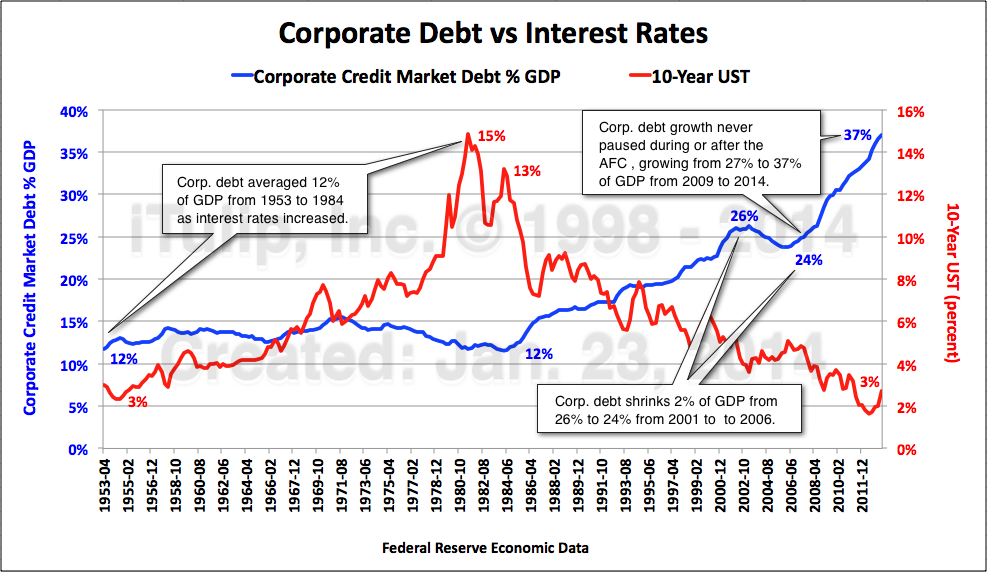Re: bond run confusion
the problem is liquidity. if the bond funds have a run, they have to sell in size into a declining market, pushing the market down further, and raising the possibility of a real bond crash, which would skyrocket intermediate and long term interest rates. but the fed wants to control the whole rate curve these days, not just the rates on t-bills. so the choice would be for the fed to step in and buy [or do repos] on all those bonds, or to put in an emergency brake on the ability of bond fund holders to cash in their chips.
bond funds are NOT obligated to maintain a certain nominal value- you are confusing them with money market funds [which hold t-bills or short dated commercial paper], which do all they can not to "break the buck."
Originally posted by Polish_Silver
View Post
bond funds are NOT obligated to maintain a certain nominal value- you are confusing them with money market funds [which hold t-bills or short dated commercial paper], which do all they can not to "break the buck."






Comment